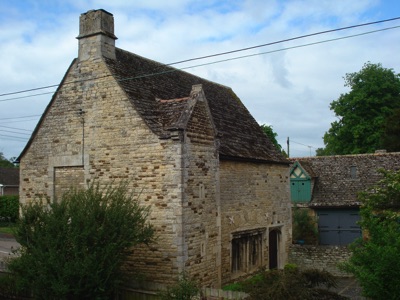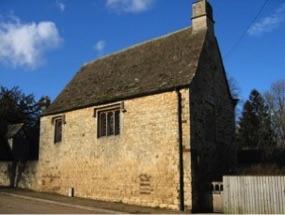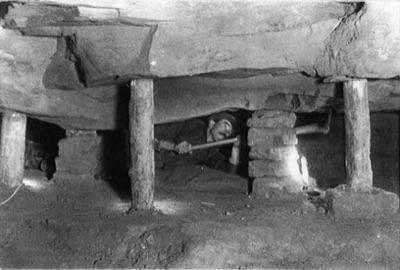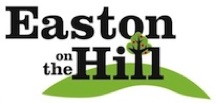THE NATIONAL TRUST’S PRIEST’S HOUSE
West Street, Easton on the Hill, PE9 3LS
The Priest’s House is one of the National Trust’s smallest buildings. It is located near the end of West Street and was built by John Stokes, Rector of Easton from 1456 until his death in 1495.
Stokes was also a canon at York Minster and the building probably housed a priest to look after the parish in his absence. Stokes left money in his will for a chantry priest to pray for his soul and for those of his family. The chantry priest would probably have lived here until 1545 when chantries became illegal following the dissolution of the monasteries and the associated funds were appropriated by the Crown.


PRIEST'S HOUSE UPDATE - Aug. 2023
Just a quick update to let you know that essential building work has now been carried out by the National Trust and we are again open to the public.
Ian Lawson, Chairman of the History Group has put together an interesting exhibition on the 1st Polish Independent Parachute Brigade and their links with Easton on the Hill, surrounding villages and towns during WW2.
The exhibition will be moved from the Priests House for the opening of the new Polish war memorial dedication to be held in the village in September but anyone wishing to view beforehand is welcome to collect the key from one of the key holders.
PRIEST’S HOUSE SUMMER EXHIBITION 2019
Historic Local Airfields
This exhibition highlights Easton's historic links with RAF Wittering and the earlier airfields on the site: Stamford and Easton/Collyweston airfields. The exhibition will showcase the people who flew and worked there and their aircraft.
EOTH Horticultural and Crafts Society Centenary Year
Founded in 1919, the Society is celebrating with a small exhibition showing records and photographs of the Society's activities down the years.
This is in addition to the standing exhibition on the local industry of mining and preparing Collyweston slates. A recent addition to this exhibition is a short video showing life down a working mine and how the slates are fashioned for use.
The exhibition will be manned every Sunday in June, July and August between 2pm and 4.30pm, and entry is free to all.
Outside these dates and times a key can be obtained from one of the nearby key holders listed on the property notice board.
NEW VIDEO ON THE MINING & PREPARATION OF COLLYWESTON SLATES
The Priest’s House has as part of its museum an extensive collection of Collyweston mining and slating tools, photographs and other material relating to the industry. New this year is a short video for visitors to watch on the mining and preparation of Collyweston slates. The filming took place in Claude Smith’s mine in Collyweston and was part of a television programme.
The Priest’s House will be manned every Sunday afternoon in June, July and August from 2.00 to 4.30pm. Entrance is free
Collyweston slating and mining and other exhibitions
The Priest’s House contains a comprehensive exhibition on the production of a special type of hard limestone roofing slates, which were mined from mediaeval times until the 1950s in Easton and the neighbouring village of Collyweston, from which they take their name. The slates are unique to this area and help to give old buildings in Stamford and other local towns and villages their distinctive and attractive appearance. They were used on many prestigious buildings, such as Burghley House, Rockingham Castle, Boughton House and the Mansion House in London. The building contains many interesting architectural features, and also houses an eclectic collection of old artefacts, and occasional special exhibitions, including currently one on the ironstone industry that flourished in the village between 1876 and 1919.
The Priest’s House is adjacent to the Grade II* former Rectory (now The Glebe House) which dates from about 1700. The house, which has a handsome south elevation, visible from the road, was the birthplace of Lancelot Skynner, Captain of the ill-fated HMS Lutine which foundered off the coast of Holland in 1799 carrying a huge cargo of gold that is still waiting to be discovered. The ship’s bell was found in 1859 and hangs in Lloyds of London’s underwriting room in the City.
(Bill Knapp working in a mine by candlelight. Circa 1950 )

